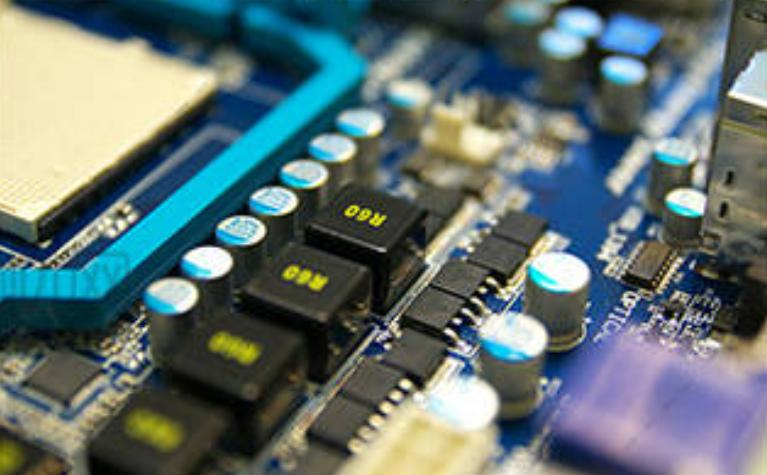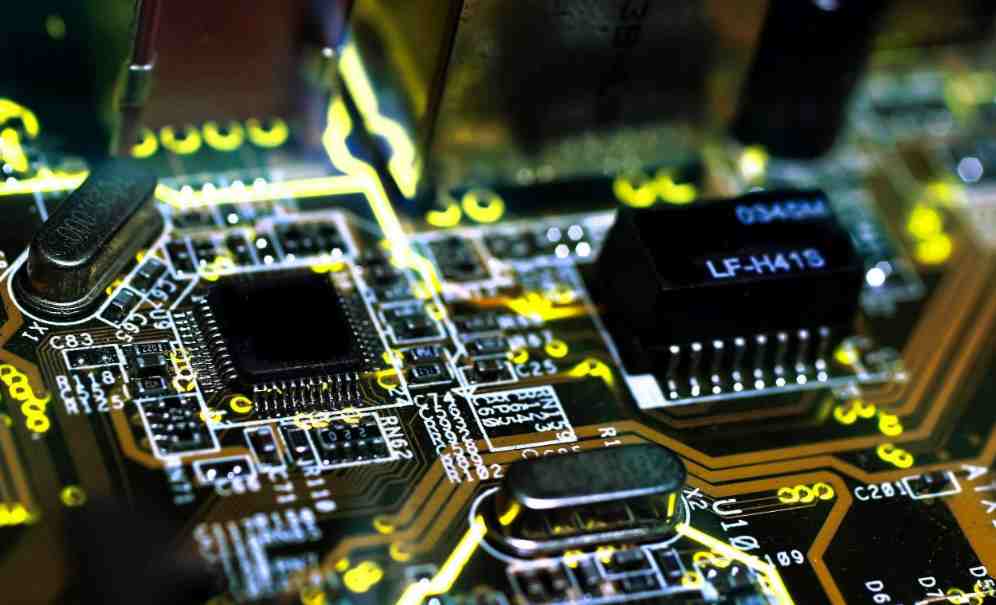
One, OSP PCB production requirements
1, PCB (printed circuit board) incoming materials should be vacuum packed, and attached with desiccant and humidity display card. Use isolation paper between PCBS with OSPs during transportation and storage to prevent friction from damaging the OSP surface.
2, shall not be exposed to direct sunlight environment, maintain a good warehouse storage environment, relative humidity: 30 ~ 70%, temperature: 15 ~ 30℃, storage period is less than 6 months.
3. When unpacking on SMT site, check the vacuum packaging, desiccant, humidity display card, etc. The unqualified boards shall be returned to the manufacturer for reprocessing and use, and will be put on line within 8 hours. Do not disassemble multiple packages at a time, in accordance with the principle of disassembly production, disassembly how much production, otherwise exposure time is too long easy to produce batch welding poor quality accidents.
4. Do not stay in the furnace as soon as possible after printing (stay no more than 1 hour), because the flux in the solder paste has strong corrosion on OSP film.
5, maintain a good workshop environment: relative humidity 40 ~ 60%, temperature: 18 ~ 27℃.
6, in the production process to avoid direct hand contact with PCB surface, so as to avoid the surface of sweat pollution and oxidation.
7. SMT patch assembly of the second SMT part must be completed within 12 hours upon completion of single-side SMT patch.
8. After completing SMT, the DIP manual plug-in should be completed within the shortest possible time (24 hours at most).
9, wet OSP PCB can not be baked, high temperature baking easy to make OSP discoloration and deterioration.
10. The overdue blank boards that have not been used in production, damp blank boards, and blank boards after bad batch printing and cleaning shall be returned to the circuit board manufacturer for OSP reprocessing and reuse. However, the same board shall not be reprocessed for more than three times by OSP, otherwise it shall be scrapped.
Design requirements for SMT solder paste steel mesh for Tow and OSP PCBS

1. Because OSP is smooth, it is favorable for solder paste forming, and PAD can not provide a part of solder, so the opening should be properly increased to ensure that solder can cover the whole pad. When PCB is changed from tin spraying to OSP, the steel mesh is required to be reopened.
2. After the opening is increased appropriately, in order to solve the problem of solder beads, stencks and OSP PCB exposed to copper on SMT CHIP parts, the opening design of solder paste printing steel mesh can be changed to concave design, and special attention should be paid to anti-tin beads.
3. If the PCB parts are not placed for some reason, the solder paste should also cover the pad as far as possible.
4. In order to prevent oxidation of exposed copper foil and resulting in reliability problems, it is necessary to consider printing solder paste on the front of ICT test points, screw holes and exposed through-holes (soldering tin on the reverse side), and fully consider opening holes when making steel mesh.
Three, OSP PCB printing solder paste bad plate treatment requirements
1, try to avoid printing errors, because cleaning will damage the OSP protective layer.
2, when PCB printing solder paste is poor, because the OSP protective film is easy to be eroded by organic solvents, all OSP PCB can not be soaked or cleaned with highly volatile solvent, non-woven cloth with 75% alcohol can be used to wipe the solder paste, with air gun dry in time. Do not use isopropyl alcohol (IPA) cleaning, must not use a stirring knife to remove the solder paste on the poor printing plate.
3. After cleaning up the PCB with bad printing, SMT soldering of the PCB surface of the next heavy industry should be completed within 1 hour.
4, if the batch (such as 20PCS or more) printing is bad, can be taken to return to the manufacturer heavy industry.
Four, OSP PCB reflow furnace temperature curve setting requirements
The requirements for setting temperature curves for reflow welding of OSP PCB are basically the same as those for tin-spraying plate. The maximum peak temperature can be appropriately lowered by 2-5℃.
Five. Note:
1. OSP process introduction: OSP is short for Organic Solderability Preservatives, It is a process technology in which a layer of OSP film (usually controlled in 0.2-0.5um) is coated on the bare brass pad (double-sided/multi-layer/two-layer) for protection, replacing the original protection treatment such as tin spraying on the surface of the pad. Advantages of OSP PCB: PCB production cost is low, pad surface smoothness is high, meet the requirements of lead-free process.
The shortcomings of OSP PCB: the use of high requirements (after opening limited time to use, limited time to complete the front and back, plug-in wave soldering production), high storage environment requirements, PCB board surface is easy to oxidation, wet usually can not bake again, printing poor board can not be cleaned and used.









